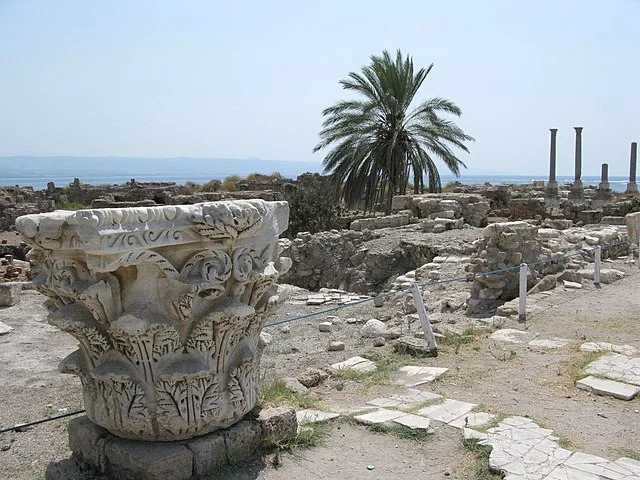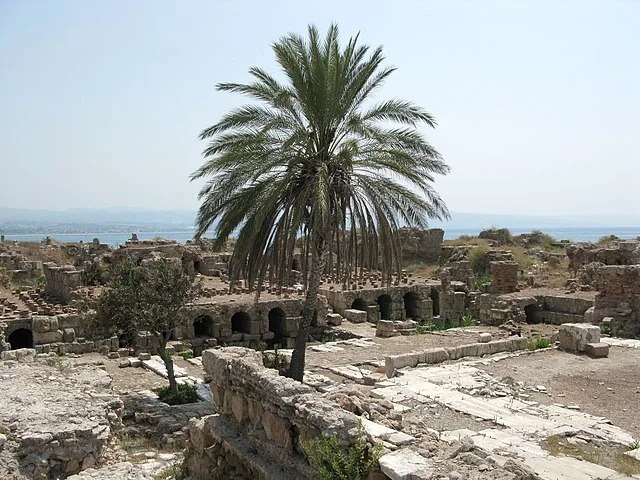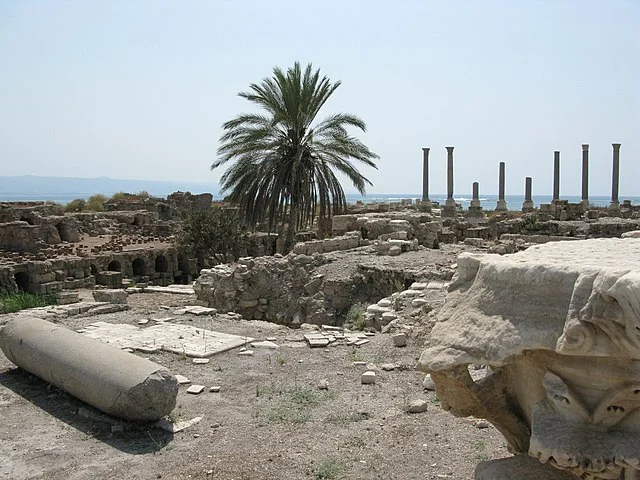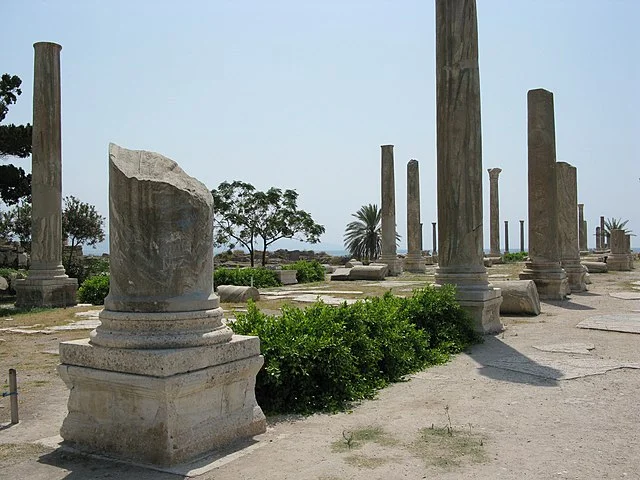Al-Mina is an important archaeological site located near the ancient city of Antioch, in modern-day Turkey. It holds significant historical and cultural value, especially for the study of ancient trade and urban life in the region.
Get your dose of History via Email
Historical Background

Al-Mina dates back to the Hellenistic period, around the 3rd century BC. It became a key port for Antioch, facilitating trade between the Mediterranean and the East. The site flourished under the Roman Empire, particularly during the 1st and 2nd centuries AD. During this time, Al-Mina served as a bustling center for commerce, connecting various cultures and economies.
Archaeological Discoveries

Archaeological excavations at Al-Mina began in the early 20th century. Researchers discovered numerous structures, including warehouses, residential buildings, and public facilities. They unearthed a wealth of artifacts, such as pottery, coins, and inscriptions, which provide insight into daily life at the site.
The most notable findings include evidence of shipbuilding and maritime trade. Excavations revealed large storage facilities for goods, suggesting that Al-Mina played a critical role in trade routes. The discovery of various coins indicates the economic diversity of the region and its connections to distant cultures.
Cultural Significance

Al-Mina illustrates the blend of cultures in the ancient world. It served as a melting pot for Greek, Roman, and Eastern influences. This cultural exchange is evident in the artifacts found at the site, which display a mix of artistic styles and techniques.
The site’s strategic location made it an essential point for the spread of ideas, goods, and technology. Scholars study Al-Mina to understand how trade shaped local economies and influenced cultural practices in the ancient Mediterranean.
Preservation Efforts
Preservation of the Al-Mina site is crucial for ongoing research and education. Local and international organizations work together to protect the site from environmental threats and urban development. They promote awareness of the site’s historical significance through public programs and archaeological education.
Researchers continue to conduct excavations and studies at Al-Mina. Their work aims to uncover more about the site’s history and the lives of its ancient inhabitants.
Conclusion
The Al-Mina archaeological site is a vital resource for understanding the ancient Mediterranean world. Its rich history and diverse cultural influences provide valuable insights into trade, urban life, and cultural exchange. Ongoing research and preservation efforts will ensure that Al-Mina remains a key site for future generations of historians and archaeologists.
Source:

